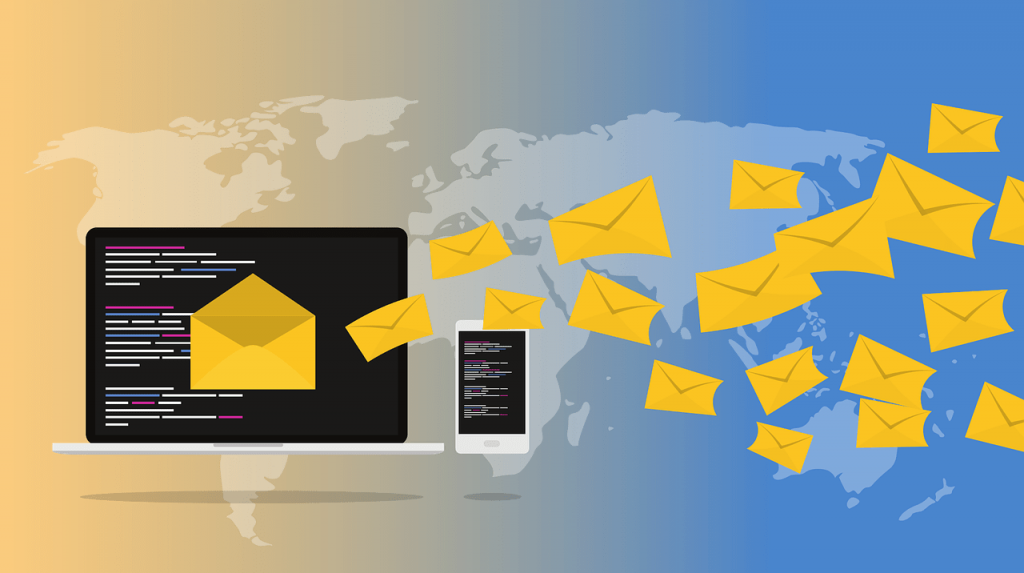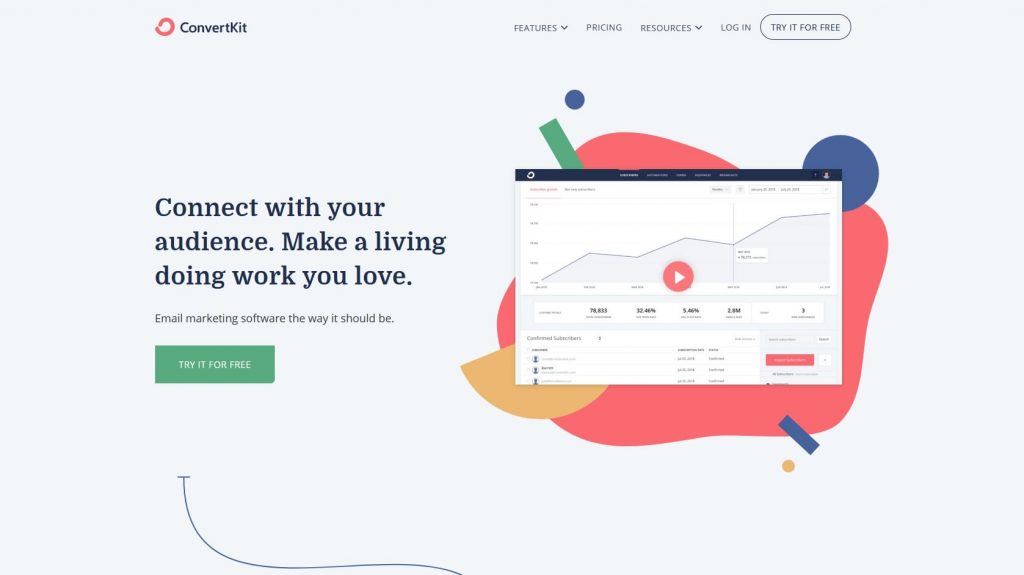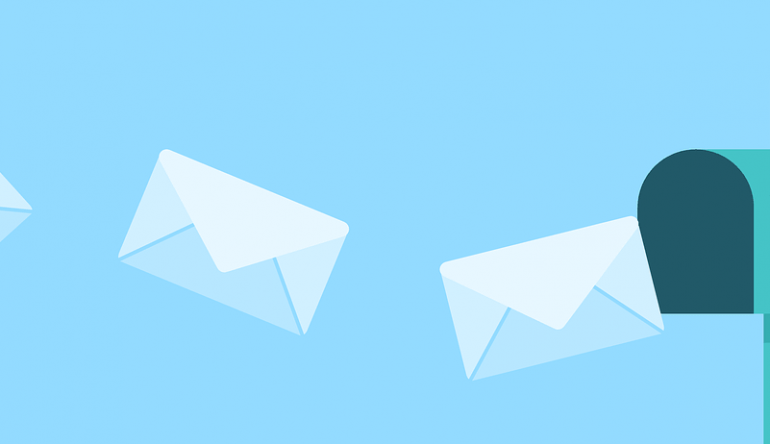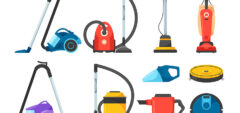Email marketing has proven itself to be one of the most effective forms of marketing. Using email marketing campaigns, you can turn hundreds of potential customers into loyal customers.
The reason it’s so effective is because people check their emails every day and it has a great conversion rate. Also, the return on investment of email marketing is almost 4.000%.
The best thing about it? It’s inexpensive and easy to set up.
But before we dive into the technicalities, let’s look at some basic terms.

What is an email funnel?
We’re all familiar with funnels: they help us guide liquids into the right container.
When it comes to email funnels, their role is to guide visitors towards an action that we want them to complete, such as purchasing our products or using our services.
This is achieved via automated emails that get sent out to visitors that make the decision of giving us their email addresses.
Now, the word ‘spam’ may be coming to mind, but these emails are anything but that. Their aim is to be as non-invasive as possible, so the person receiving them doesn’t feel like we’re forcing them to buy something.
These emails are personalized for the people receiving them and have a very pleasant tone and appearance.
How does an email funnel work?
Here’s an example. Imagine a visitor finding your website by clicking on your content or finding it in Google search. They visit it for the first time and they become interested in your products, but maybe they don’t want to buy anything at the moment.
Then, while they’re browsing your website, they see that they can sign up for your newsletter, which will periodically send them emails with updates about new products and restocks.
They decide to sign up for it and a week later, after they have forgotten all about your website and products, they get an email from your website that tells them that you have a brand new product.
How lucky, turns out that the product would be a perfect gift for their friend’s birthday that is coming up. They then decide to purchase your product and thanks to email marketing, you’ve turned a potential buyer into a customer.
What are the types of emails used in email marketing?
There are multiple types of emails that are used to attract potential buyers into purchasing something and to nurture existing customers.

Welcome and re-engagement emails
First on the list: welcome emails. When someone subscribes to your newsletter, the service of your choice will send them an automated email that will thank them for subscribing. These are a must of every email marketing campaign: if you don’t send these out, the customers might see you as unprofessional.
Include your plan in the welcome email and tell the reader how often you will send them updates. Also, tell them what they might contain and what their aim will be.
Moving onto re-engagement emails. These are meant for people who keep forgetting to open your previous emails or have changed their mind about buying something from you again. They usually contain discounts and have the purpose to get people back into caring about your business.
Lead development and abandoned cart emails
Next on the list are lead development emails. If your business offers a free eBook or pdf and someone has signed up for it, you can send them an email with links with content related to what the eBook or pdf was about that they might find useful.
There are also abandoned shopping cart emails, that will remind people about the items that they have in their shopping cart on your website and that they forgot to purchase.
Benefits of the email funnel marketing
While social media marketing may be effective, more people have emails than they have social media accounts. In 2019, there were 3.9 billion email users, a number that will only continue to grow and is expected to pass 4.3 billion in 2023. On top of that, 99% of consumers have stated that they check their email every day.
We already mentioned email marketing having an amazing ROI, or return on investment and for every $1 that you spend, the average return will be $42, making email marketing highly effective and beneficial.

59% of consumers have said that emails received from businesses affect their purchase decisions, while 61% of them have said that they enjoy receiving promotional emails every week.
Looking at these stats, it’s really no wonder 70% of companies are still using email marketing.
How to get people to sign up for your newsletter?
There are multiple ways to get people to sign up for your newsletter. The most common tactic is so-called lead magnets, and they’re something free that you offer to your visitors in exchange for their email address.
They include the aforementioned eBooks and pdfs, case studies, tips, resources, free trials, consultations, and also coupons. Whatever you decide to go for, make sure it is useful to people in some way, otherwise, they will ignore your newsletter signup form.
How to create a funnel for email marketing?
Now that you know what an email funnel is and what it does, let’s look at how you can set one up.
There are dozens of services that will allow you to create your first email funnel and customize your email marketing campaign, such as MailChimp, ConvertKit, GetResponse, Intercom, and others. They either offer some free features that you can try but have to pay for the full versions, or they give you a free trial.

They all work fairly similarly and the process of creating an email funnel is simplified and easy. Here’s what it’s usually like:
3 steps for creating an email funnel
The first step is creating a form. This will be the fields your visitors will be typing their information when signing up for your newsletter. What it usually consists of are 2 fields: for their first name and email, followed by a call-to-action button that says something like ‘subscribe’.
The next step is working on the automated emails, or their contents, that is. Most services will give you some templates that you will be able to modify to your liking and edit the way the text sounds, as well as format the text.
If a service doesn’t provide you with templates, you can always look up great examples of email marketing and use them for inspiration. Don’t forget about the email subjects!
Now that you have both the form and the emails, it’s time to embed the form on your website and enable people to subscribe to your newsletter. Email marketing services always greatly simplify this step as well, so you don’t have to be a coding expert to use the line of code that will put the form on your website.

Conclusion
Email marketing remains one of the most effective marketing strategies, with a ROI of over 4.000%. People check their emails every day, so you would be missing out if you weren’t using an email funnel to turn potential buyers into customers.
Thankfully, creating an email funnel is easy to work: services simplify it so it consists of three easy steps, which are form creation, email creation and the embedding of the form.
Hopefully, this article has helped you learn something and good luck working on your email marketing campaign!
If you still aren`t sure how to create and conduct an email marketing campaign, you can contact us, and our team of professionals will carry on the whole process.





